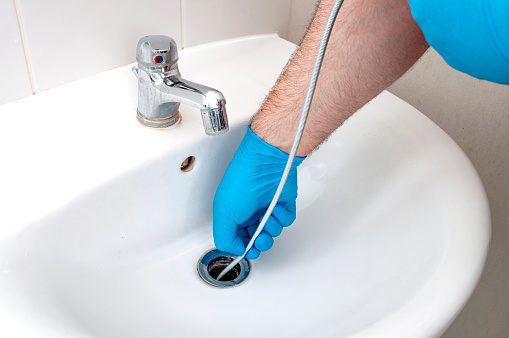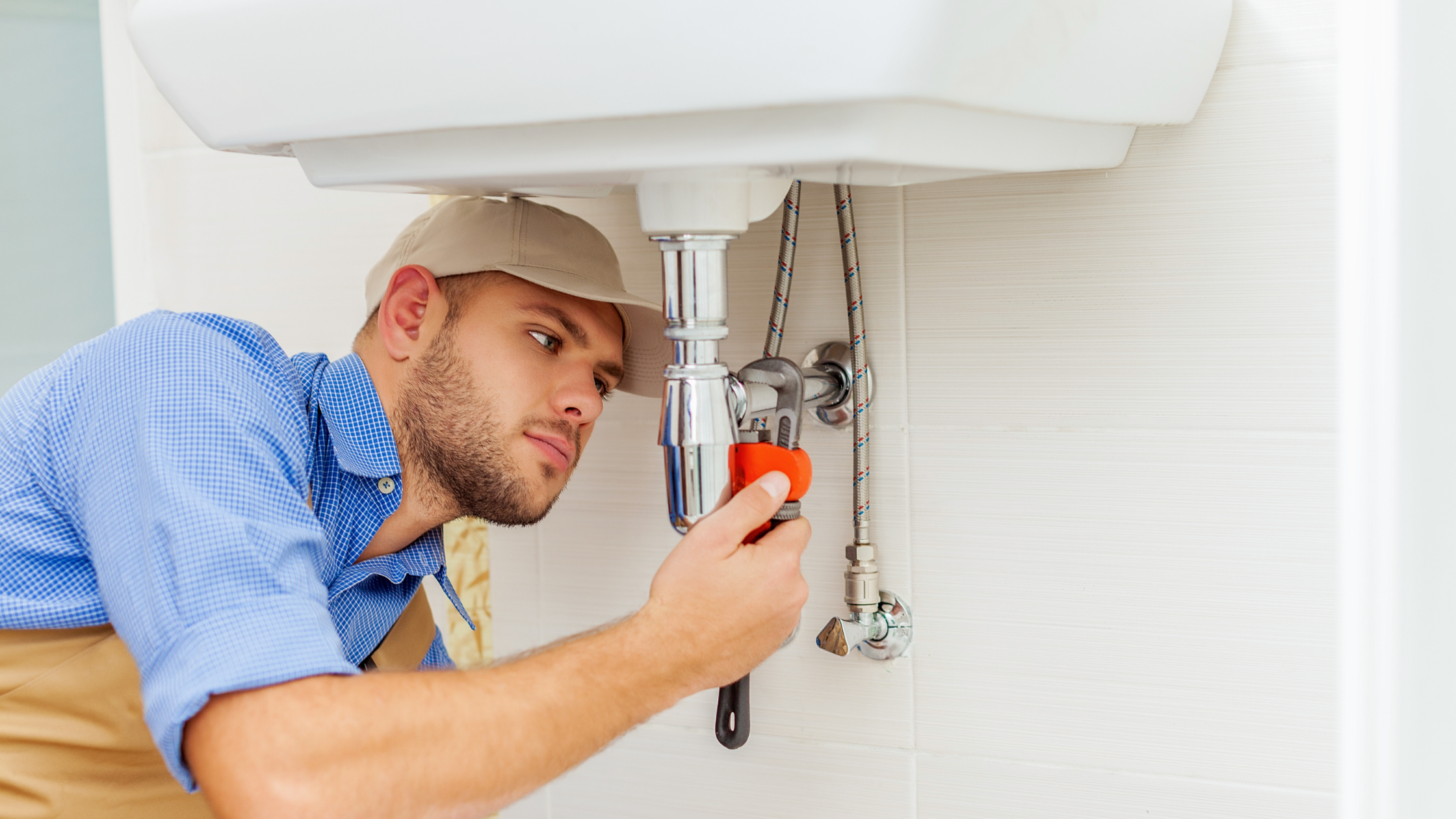Clever Winterizing Solutions: 5 Approaches to Preserve Your Pipes in Cold Weather
Clever Winterizing Solutions: 5 Approaches to Preserve Your Pipes in Cold Weather
Blog Article
What are your opinions about How to Prevent Frozen Pipes?

All property owners that live in warm climates need to do their best to winterize their pipelines. Failure to do so can mean disaster like frozen, cracked, or ruptured pipelines.
Try a Hair Clothes Dryer or Warmth Gun
When your pipelines are nearly freezing, your reliable hair dryer or warmth gun is a blessing. If the hot towels do not aid dislodge any settling ice in your pipelines, bowling warm air straight into them might help. You might end up damaging your pipes while trying to thaw the ice.
Open Up Cabinet Doors Hiding Plumbing
When it's cold outside, it would be helpful to open cabinet doors that are camouflaging your pipelines. Doing this little method can keep your pipes cozy and restrict the possibly hazardous results of freezing temperature levels.
Require Time to Cover Exposed Pipeline
One simple and great hack to warm up cold pipes is to cover them with warm towels. You can likewise make use of pre-soaked towels in hot water, simply don't fail to remember to put on protective handwear covers to safeguard your hands from the heat.
Switch on the Faucets
When the temperature drops as well as it appears as if the frigid temperature level will certainly last, it will certainly help to turn on your water both inside your home as well as outdoors. This will certainly maintain the water flowing through your plumbing systems. On top of that, the motion will slow down the freezing process. Notably, there's no need to turn it on full blast. You'll end up wasting gallons of water this way. Rather, go for about 5 declines per min.
When Pipes are Frozen, close Off Water
Turn off the primary water shutoff instantly if you observe that your pipelines are completely frozen or nearly nearing that phase. You will normally locate this in your cellar or utility room near the heater or the front wall closest to the street. Turn it off as soon as possible to avoid additional damages.
Don't forget to shut exterior water resources, too, such as your connection for the garden residence. Doing this will prevent extra water from filling up your plumbing system. With more water, more ice will certainly load up, which will at some point lead to break pipes. It is best to call a specialist plumber for an evaluation if you are unsure regarding the state of your pipes this winter months. Taking this positive approach can conserve you hundreds of dollars out of commission.
All homeowners that live in warm environments need to do their best to winterize their pipes. Failing to do so can mean catastrophe like icy, cracked, or ruptured pipelines. If the warm towels do not aid dislodge any kind of settling ice in your pipes, bowling warm air straight right into them may aid. Turn off the major water shutoff instantly if you observe that your pipelines are totally icy or practically nearing that phase. With more water, more ice will certainly pile up, which will eventually lead to break pipelines.
PREVENT YOUR PIPES FROM FREEZING THIS WINTER
A Leading Cause of Property Damage
When the weather is taking a deep nose dive into the cold dreary days, the risk of your pipes freezing and potentially bursting skyrockets. Unfortunately, during these cold dreary months, burst pipes are the most common denominator for property damage. The pipes that are most at the risk are those that are in areas where it is most cold in your home. For instance, pipes located in interior places such as basements, attics, and your garage. Unfortunately, that doesn’t mean that the pipes running through your cabinets or exterior walls can’t freeze. Good news, however, is that you can do things to help prevent pipes from freezing.
How to Prevent Pipes From Freezing
Once the temperature starts to drop during the winter, you should be taking the proper measures needed to ensure that your pipes stay warm and that there is circulation of water through them. Some steps that experts may recommend could go against your better judgement when it comes to saving water and heat. However, it would go without saying that when expenses are compared, damaged pipes could put a bigger dent in your wallet than a water bill.
What Can I Do?
Keep your garage door closed. This is very important, especially if you have water supply lines running through your garage. Open your kitchen and bathroom cabinets to allow warm air to circulate through them. Allow air circulation throughout your home. Keeping the interior doors open will once again allow the warm air to circulate inside your home. Ensure your thermostat is running the same temperature throughout the night and day. If you plan to be away from home during the cold months, set your temperature no lower than 55° F. This should provide enough heat to keep the pipes warm and prevent any remaining water inside the pipes from freezing. For more of a long-term solution, add insulation to attics, basement, and other crawl spaces around your home. By allowing your faucet to drip, it will alleviate pressure in the system. This is important because the pressure that is created between the blockage and the faucet can potentially cause the pipes to burst. Allowing the faucet to drip will prevent the pressure from building up, therefore keeping the pipes from bursting. Seal any cracks, openings, and crawl spaces around your home to prevent cold air from coming inside. This keeps your pipes-not to mention your home-warmer and less susceptible to issues caused by freezing temperatures. For the pipes in your home that are easily accessible, applying electrical tape to them might prevent them from freezing over. This is a quick fix, as you can apply the tape directly to the pipe. There are two options for heating tapes. One turns on and off by itself when it senses heat is needed. The other type of heating tape needs to be applied when heat is needed and removed when not necessary. If you have exposed pipes in your home, you can check this website to take a look at a few options that would be available at a shop near you.

We had been made aware of that write-up about How to stop pipes from freezing during the winter through a good friend on another website. Are you aware of another individual who is intrigued by How to stop pipes from freezing during the winter? Be sure share it. I am grateful for your time. Don't forget to pay a visit to our site back soon.
We value timeliness. Report this page